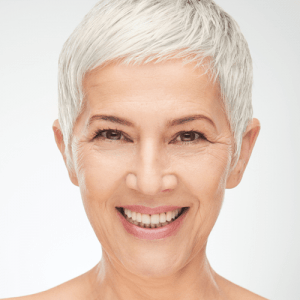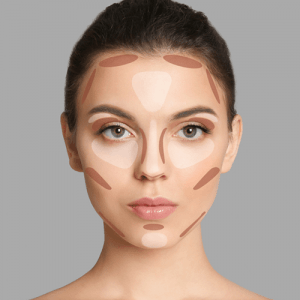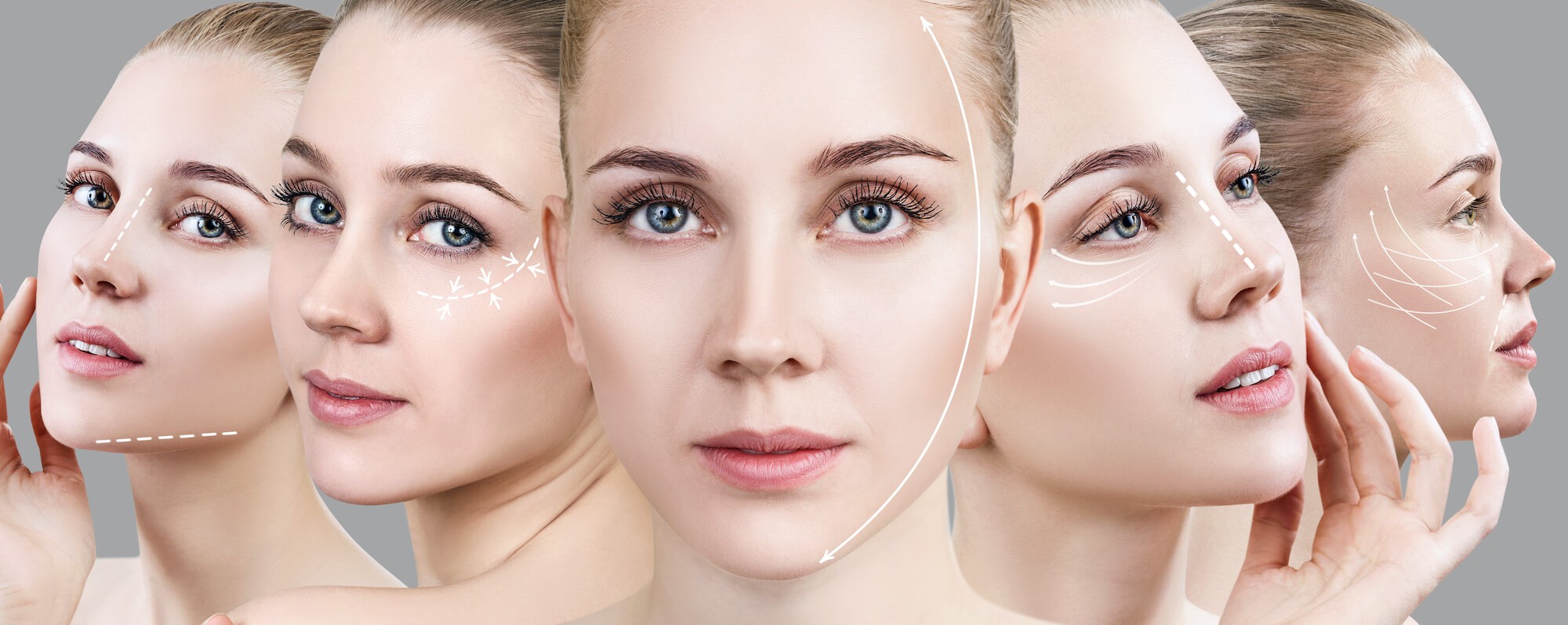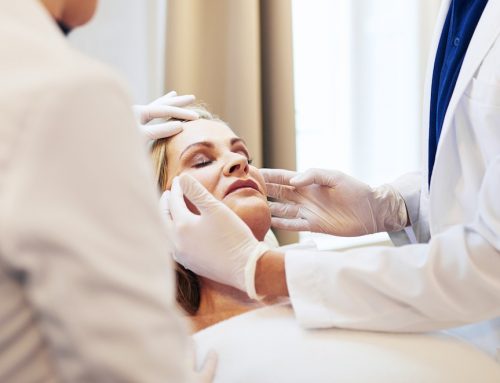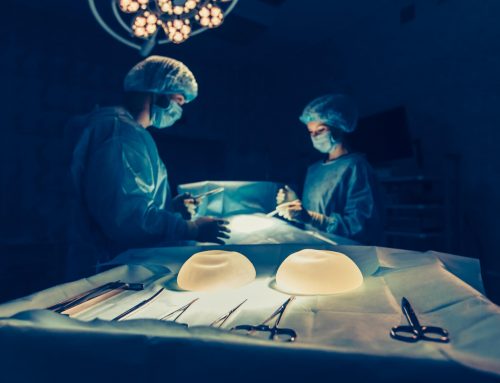Many different types of facelifts are available to meet your specific aesthetic goals. However, navigating the various offers and options may seem daunting. How do you choose the best facelift option for your unique issues? Let me provide some details on the different types of facelifts so that you can make an informed decision.
A facelift is a medical procedure to correct the signs of aging in the face by repositioning skin, fat, and muscles. While most patients choose a full, traditional facelift, some patients find other facelift procedures a better option to meet their unique aesthetic goals.
Liquid Facelift
A liquid facelift offers volume restoration of the face to reduce the appearance of sagging or wrinkles. This procedure does not involve incisions or the use of general anesthesia. This is a non-surgical way to address the signs of aging in the face. However, this procedure does not last for as long as a traditional facelift. The results of a liquid facelift usually last one to two years.
Aging can cause loss of volume in portions of the face. To correct these signs of aging, a liquid facelift replaces the lost volume with fillers. Fillers, or sometimes fat, are injected under the skin to achieve a fuller look.
Jawline Rejuvenation
Like with a liquid facelift, a jawline rejuvenation uses fillers to restore lost volume in the jawline. As we age, some individuals experience a descent of the jowl. Instead of a surgical procedure, this non-surgical option addresses the issue. However, also like with the liquid facelift, the results only last one to two years.
This is a good option for patients that only wish to correct the jawline area and want to postpone a surgical solution. Fillers offer a great option to camouflage the jawline descent in the shorter term.
Mini Facelift
The term mini facelift is not specific to one type of facelift. Instead, it is a wastebasket term for any facelift that is less than a full facelift. There are many different varieties of mini facelifts used to address specific areas of the face.
In other words, a mini facelift is any facelift that corrects less than the facial area covered with a traditional facelift. A mini facelift may include surgical restoration focused on any narrow area between the lower eyelids down to the collarbone.
Mid Facelift
With some facelift terms, the specific areas addressed vary depending on the surgeon and the patient’s goals. For example, a mid-facelift usually refers to the elevation of the cheeks performed through the lower eyelids. But, depending on the specific surgeon, the procedure may use a different approach.
This is a surgical procedure that involves general anesthesia and incisions. The surgeon repositions the tissue in the cheek area to correct sagging and wrinkles. A mid facelift does not address the jawline and neck.
Upper Facelift
With an upper facelift, the surgery includes the area below the lower eyelids to the jawline. The surgery does not correct the neck area. Like with a mid facelift, the upper facelift is an actual surgical procedure often requiring general anesthesia. The procedure may be performed with sedation and local anesthesia in select patients
The goal of an upper facelift includes the repositioning of the tissue to correct the signs of aging and achieve a refreshed and more youthful appearance above the neck area.
Traditional Facelift
A traditional facelift is a surgical option most patents choose to achieve the best results to restore the appearance of the face from the signs of aging. When you hear the term facelift, it usually refers to a traditional facelift.
The traditional facelift addresses signs of aging from the lower eyelids down to the bottom of the neck. This includes the cheek area, jawline, and neck. A traditional facelift usually produces results that last longer than the other facelift options because it addresses sagging and volume loss throughout the face.
Composite Facelift
A composite facelift is a more advanced facelift surgery that addresses all facial aging, from the lower eyelids down to the clavicle (collarbone). The operation is very thorough and is designed to provide natural-looking results that last a lifetime.
The word “composite” is used because the skin remains attached to a deeper layer called the SMAS (superficial musculoaponeurotic system). The allows the fat pads in the face to be transposed to a more youthful position. The skin comes along with SMAS like baggage on a flatcar. After the maneuvering of the tissues is complete, there is excess skin generated. This excess skin is trimmed to allow for a tension-free closure. The absence of tension on the skin allows for a better scar and eliminates the “pulled too tight” look that more superficial facelifts can generate. This provides a much more natural appearance and a much happier patient.
Find the Right Facelift for You
Each person ages differently and may benefit from different types of facelift surgeries or procedures. For younger patients, often the less invasive options achieve the desired results without surgery. This delays the need for a traditional facelift surgery while still restoring a youthful appearance.
The purpose of all aesthetic surgery is to make the patient feel better about their appearance which can positively impact confidence. I work with each patient to find out what specific issues bother them the most and then properly marry the problem with the solution.
Often, patients have more than a single option to consider to address the problem. We discuss both the advantages and disadvantages of each option with the patient. This allows the patient to makes an informed decision for their appearance and overall health.
Our office offers a free consultation to discuss your aesthetic goals and the best type of facelift to achieve those goals. With any facelift procedure, work with a qualified plastic or reconstructive surgeon. Even for non-surgical procedures involving fillers, don’t undergo the procedure without the guidance of a licensed physician.
Contact our office to start the process to correct the signs of facial aging.




